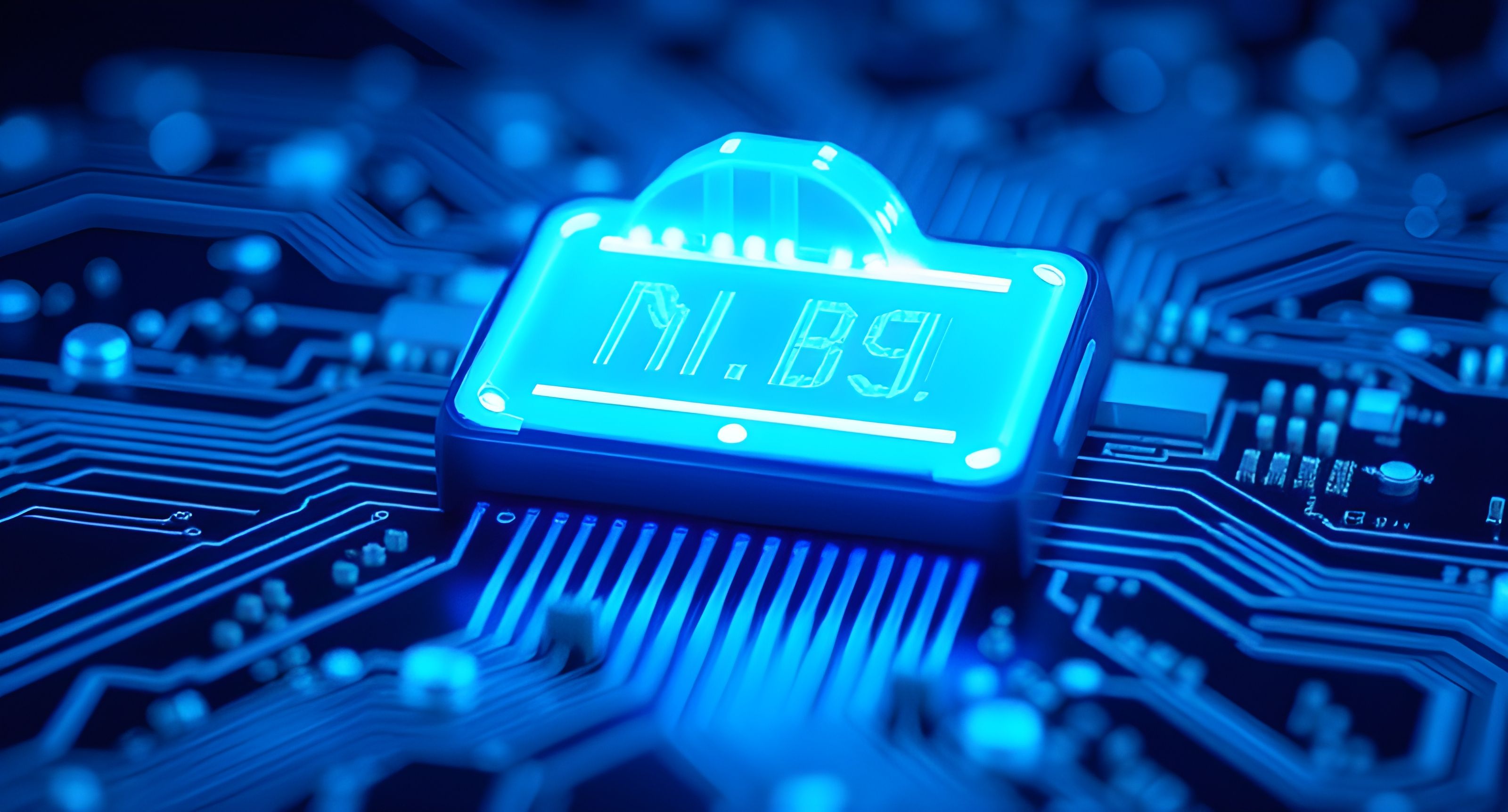Introduction
Imagine a world where your smartphone screen repairs itself after a fall, or your smartwatch fixes its internal circuits without a trip to the service center. This futuristic concept is becoming a reality with self-healing electronics. These advanced materials and technologies have the potential to revolutionize device longevity, reducing electronic waste and enhancing sustainability.
In this article, we’ll explore how self-healing electronics work, their applications, benefits, and what the future holds for this groundbreaking technology.
What Are Self-Healing Electronics?
Self-healing electronics refer to devices and materials capable of repairing themselves when damaged. They incorporate advanced polymers, conductive materials, and microcapsules filled with healing agents that activate upon damage detection.
Key Components of Self-Healing Electronics:
- Polymers: Flexible and adaptive materials that restore themselves under stress.
- Microcapsules: Tiny containers filled with repair agents that burst open to fix cracks.
- Conductive Materials: Nanoparticles that restore electrical conductivity when damaged.
These components work together to extend the life of devices, reducing repair costs and enhancing performance.
How Do Self-Healing Electronics Work?
The self-healing process can be either autonomous (self-activated) or non-autonomous (requiring external stimuli such as heat or pressure). The mechanisms typically fall into these categories:
Microencapsulation Technique
- Microcapsules containing healing agents are embedded within the device materials.
- When the structure is damaged, these capsules rupture, releasing the healing agent to repair cracks.
Dynamic Chemical Bonds
- Some materials have reversible chemical bonds that break and reform under stress.
- This allows the device to restore structural integrity without external intervention.
Thermal and Electrical Triggers
- Heat or electric signals trigger a healing response within materials, re-aligning molecules to their original state.
Applications of Self-Healing Electronics
Self-healing electronics have broad applications across various industries, improving durability and functionality.
- Consumer Electronics Smartphones: Self-healing screens and batteries extend device lifespan. Wearables: Smartwatches and fitness trackers with self-repairing circuits ensure uninterrupted usage. Laptops and Tablets: Damage-resistant materials enhance durability.
- Automotive Industry Self-healing sensors and circuits improve vehicle safety and longevity. Adaptive paint coatings that heal scratches and wear.
- Aerospace and Defense Electronics in satellites and military equipment benefit from self-repairing properties to ensure mission success.
- Medical Devices Pacemakers and biosensors that repair themselves, ensuring continuous functionality without frequent replacements.
Advantages of Self-Healing Electronics
Integrating self-healing capabilities into electronics offers numerous benefits:
-
Increased Longevity Devices last longer, reducing the frequency of replacements and maintenance costs.
-
Environmental Benefits Reducing electronic waste contributes to sustainability and eco-friendly manufacturing.
-
Cost-Effectiveness Lower repair costs for consumers and manufacturers.
-
Enhanced Reliability Critical devices like medical implants and aerospace components maintain functionality under stress.
Challenges in Developing Self-Healing Electronics
Despite their promise, self-healing electronics face several challenges:
- High Manufacturing Costs Developing self-repairing materials is expensive, limiting mass production.
- Durability Limitations The healing process may weaken over time, reducing effectiveness after multiple repair cycles.
- Integration Complexities Incorporating self-healing features without compromising device weight and performance is challenging.
- Scalability Issues Scaling production for widespread consumer adoption remains a hurdle.
- Repairing Severe Damage Current self-healing technologies are more effective for minor damage, with limitations in addressing severe issues.
The Future of Self-Healing Electronics
The future of self-healing electronics is promising, with ongoing research focusing on:
- Advanced Nanotechnology: Enhancing healing speed and efficiency.
- AI Integration: Devices detecting and repairing damage autonomously.
- Sustainable Materials: Developing eco-friendly self-healing polymers.
Conclusion
Self-healing electronics represent the next frontier in device longevity, offering a sustainable, cost-effective, and innovative solution to electronic wear and tear. As research progresses, we can expect these technologies to become mainstream, revolutionizing how we interact with electronic devices.
FAQs
1. How soon will self-healing electronics be available in the market?
Self-healing technologies are already in development, with some products expected to reach consumers within the next decade.
2. Are self-healing electronics expensive?
Currently, they are costly to manufacture, but advancements in materials and production techniques are expected to lower costs.
3. Can self-healing electronics repair all types of damage?
They can address minor cracks and breaks but may not yet fully restore severe damage.
4. Are self-healing materials environmentally friendly?
Yes, they contribute to sustainability by reducing e-waste and promoting longer-lasting products.
5. What industries will benefit the most from self-healing technology?
Consumer electronics, automotive, aerospace, and healthcare are expected to gain significant advantages from self-healing electronics.
